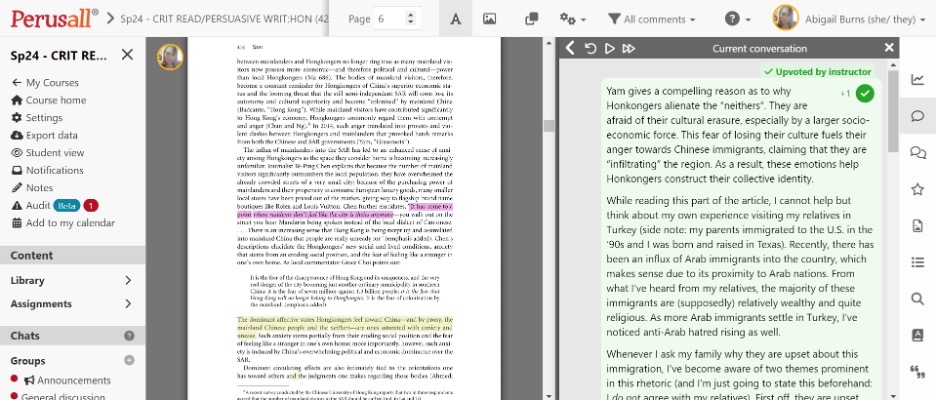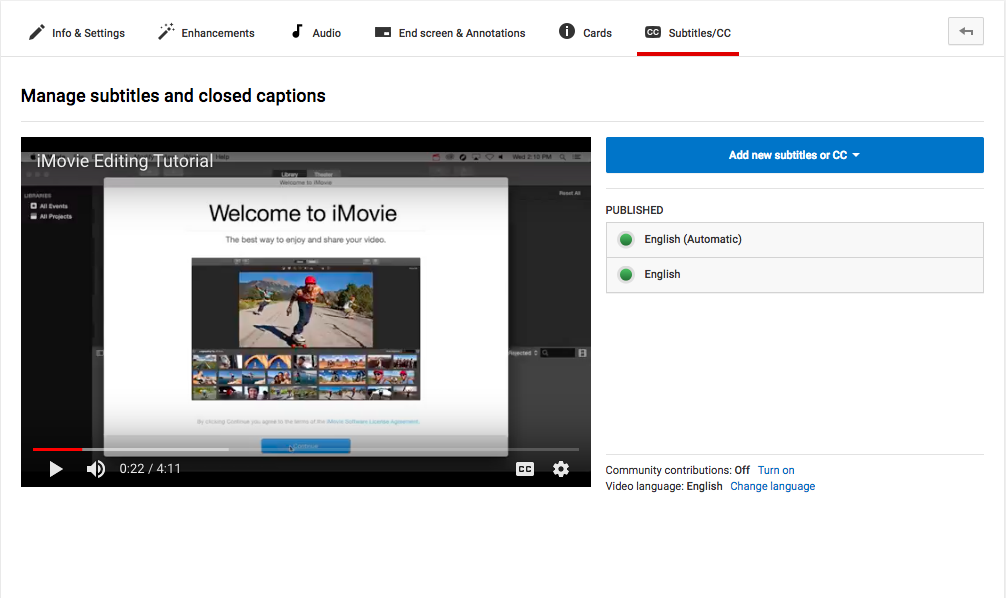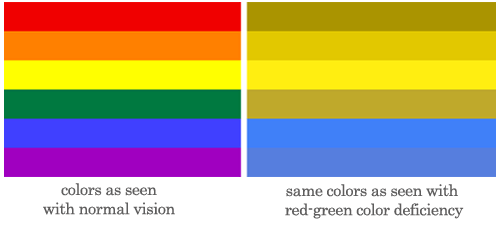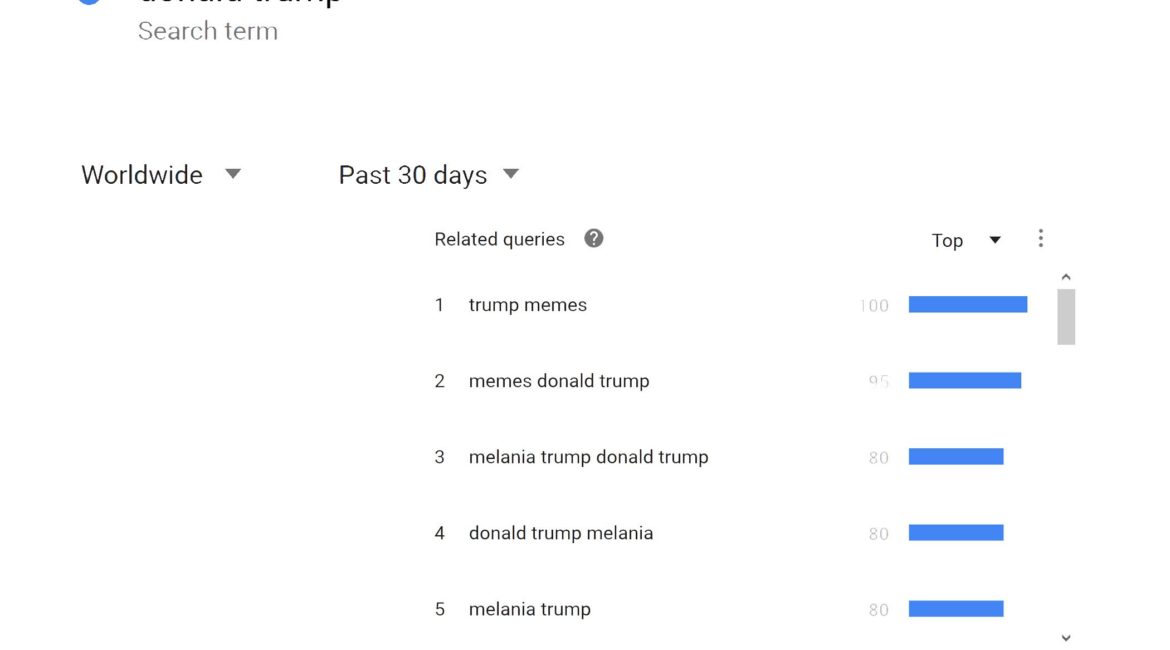A DWRL Practicum Online Module by Abby Burns. As a hard-of-hearing instructor who struggles intermittently with listening fatigue, there are days when keeping up with class discussion eats away at all of my energy (or requires more energy than I have), diminishing my capacity to respond in real time. One...
Workshop Recap: Closed Captioning in YouTube
In this workshop, the DWRL staff uploaded instructional videos to YouTube. The staff then proceeded to generate/edit closed captions for these videos. YouTube will automatically caption the video after a period of two to four hours from the initial upload. There are independent software programs, such as Amara, that will...
Lesson Plan: Making Documents Accessible for Screen Reader Software
In an earlier blog post, the DWRL offered various free resources and tips for creating visual content that is accessible to people with visual impairments. For example, The WAVE Web Accessibility Evaluation Tool helps pinpoint errors on a webpage interface that may be difficult for screen readers -- software that...
Accessible Data Visualizations
Are you reading this blog post from computer screen or an screen reader? Did you need to adjust the font or text size, screen brightness, or filter the interface through a browser extension or rely on an app like Accessibility to access this information? In her entry on "Access" in Keywords...
Lesson Plan: Visualizing Sound by Captioning Nonspeech Sounds
Although closed-captioning is usually thought of in terms of accessibility, it also highlights the larger rhetorical significance of sound—a significance which is most notably taken up in sound studies. The convergence of rhetoric with sound studies has become increasingly salient to rhetorical theory as noted in the review essay “Auscultating...
Lesson Plan: Viewing>writing>listening Pedagogical Versions of Access
Existentially, this lesson plan is about challenging student conceptions of information dissemination and questioning notions of universality embedded in web narratives of access. We like to think of the internet as a democratic space of unlimited maneuverability. But for many users, it is not. Here, we want students to consider...
Tinkering With Pedagogy: Experimenting With Technology at the DWRL
At the start of last academic year, the Digital Writing and Research Lab assigned two research imperatives: data visualization and wearable technology. While data visualization is ubiquitous in most forms of media, and serves an already established and crucial role in empirical research and its dissemination, the affective affordances of...
Accessibility Project Update: Mapping Narratives of Access
[cs_content][cs_section parallax="false" style="margin: 0px;padding: 50px 0px 10px;"][cs_row inner_container="true" marginless_columns="false" style="margin: 0px auto;padding: 0px;"][cs_column fade="false" fade_animation="in" fade_animation_offset="45px" fade_duration="750" type="1/1" style="padding: 0px;"][x_image type="none" src="http://www.dwrl.utexas.edu/wp-content/uploads/2017/02/Screen-Shot-2017-02-10-at-1.01.08-PM-1.png" alt="Google Map image showing a birdseye view of the University of Texas at Austin and surrounding areas. " link="false" href="#" title="" target="" info="none" info_place="top" info_trigger="hover" info_content=""][/cs_column][/cs_row][/cs_section][cs_section bg_color="hsl(0, 0%,...
Ethical Design and Time Well Spent
The amount of time we spend engaged with our digital devices, especially our smart phones, doesn’t necessarily make us feel more empowered. The organization Time Well Spent argues that the reason for this isn’t some moral failing on the part of users but rather a question of intentional design: “Many...
Invisible Knowledge
Since you’re reading this online publication, I imagine that you, like me, leave hundreds of digital traces every day. A lot of these traces are things we can see--things like emails, texts, blog posts, twitter posts, photographs, Youtube comments, or Facebook likes. But today I’m particularly interested in the invisible,...







